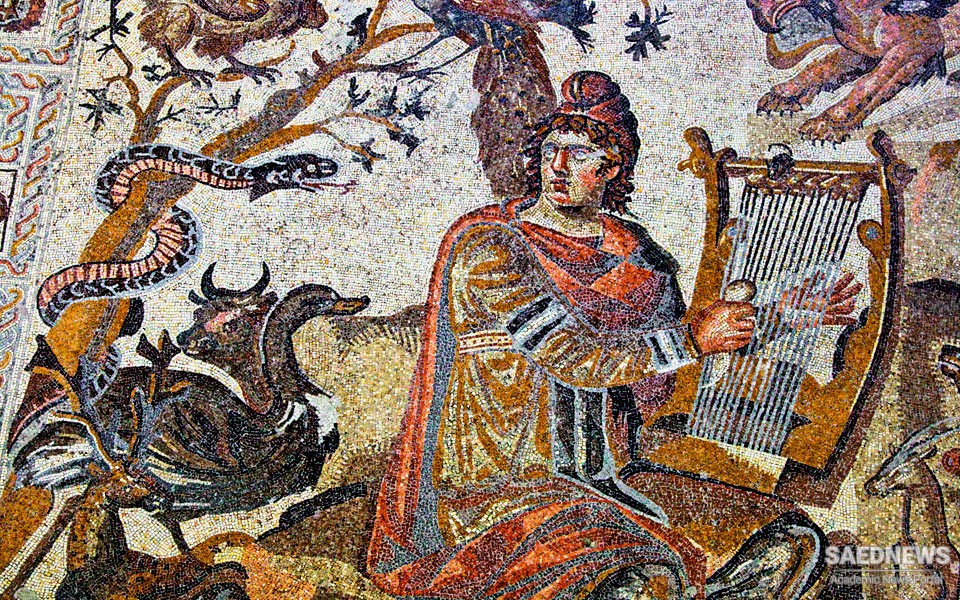This whole system of Greek Music was composed of five tetrachords, or different series of four sounds, and one note added at the bottom of the scale to complete the double octave; whence the string which produced this sound was called Proslambanomenos, or note subjoined to the scale ; for though this was constantly the lowest sound in all the modes, it was not included in the tetrachords. All these sounds had different denominations in the system, like our Gammut, A re, B mi, C fa ut, &c., besides two different characters, one vocal, and the other instrumental, appropriated to each sound in the several modes and genera, for the purpose of writing down melodies. That the fourth was a favourite and important interval in the music of the ancients, is plain from the great system of two octaves having been composed of five of these tetrachords, in the same manner as the scale of Guido is of different hexachords. The first tetrachord is called by the Greek musicians Hypaton, or principal; the sounds of which are denominated: Hypate hypaton, principal of principals; 2. Parypate hypaton, next the principal; 3. Lichanos hypaton, or index of principals; from its having been played with the index or fore-finger. This third sound of the first tetrachord in the Diatonic genus, was likewise called Hypaton Diatonos. 4. Hypate meson, or principal of the middle or mean tetrachord ; for this sound not only served as the last or highest note of the first tetrachord, but as the first or lowest of the second; whence these two tetrachords were called conjoint, or connected. These four denominations of the sounds in the first tetrachord may be compared with the terms B mi, C fa ut, D sol re, and E la mi, in the Guido scale.


 Musical Understanding of Ancient People
Musical Understanding of Ancient People














































